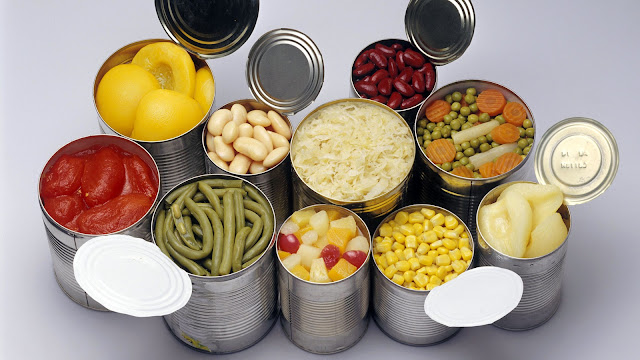Processed foods are those that typically come in a box or bag and contain more than one item
The Department of Agriculture
defines processed food as any raw agricultural products that have undergone any
of the following: washing, cleaning, milling, cutting, chopping, heating,
pasteurisation, blanching, cooking, canning, freezing, drying, dehydrating,
mixing, or packaging. Preservatives, flavours, nutrients, and other food
additives, as well as ingredients like salt, sugar, and fats that are permitted
for use in food products, may be added.
Food that has undergone freezing,
baking, or drying processes is referred to as processed
food. Processed food is any raw agricultural product that has undergone
cleaning, washing, milling, chopping, cutting, heating, blanching,
pasteurising, cooking, freezing, canning, drying, mixing, packaging,
dehydrating or other processes that alter the food from its natural state,
according to the United States Department of Agriculture (USDA). Additional
ingredients like flavours, nutrients, and preservatives may be used in this
process.
Foods that have undergone minimal
processing, like fresh blueberries, diced vegetables, and roasted nuts, are merely
prepared for ease of use. Foods like canned tuna or tomatoes, as well as frozen
fruit or vegetables, are processed when they are at their freshest to preserve
their nutritional value.
Jarred pasta sauce, salad
dressing, yoghurt, and cake mix are examples of foods with flavor- and
texture-enhancing additives like sweeteners, spices, oils, colours, and
preservatives. Foods that are ready to eat, such as deli meat, crackers, and
chips, have undergone more processing.
Frozen or prepared meals, such as
frozen pizza and microwaveable dinners, frequently contain the most processing.




Comments
Post a Comment